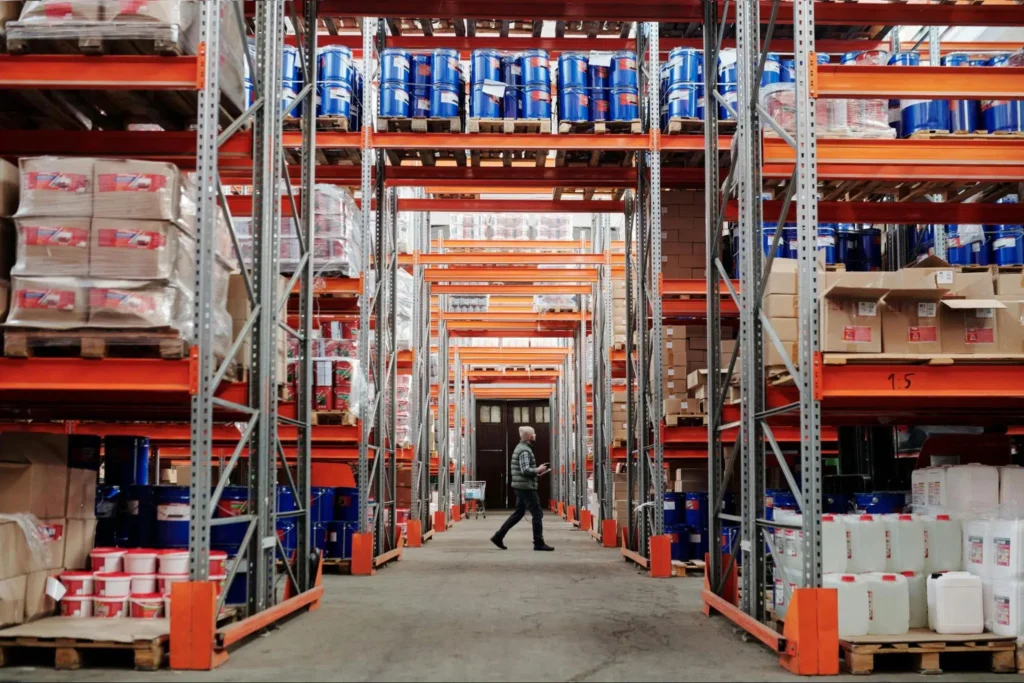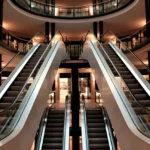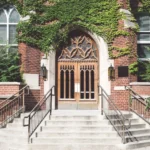When budgeting for a distribution center project, it’s essential to consider all the relevant expenses. Here, we’ll break down the construction costs into three main categories:
Pre-construction Expenses
Before the actual construction begins, several preconstruction expenses need to be factored in. This includes obtaining permits and approvals, conducting feasibility studies, hiring architects and engineers, and developing detailed construction plans. These preparatory activities play a crucial role in ensuring a smooth construction process and may account for a significant portion of the overall cost.
Obtaining permits and approvals is a necessary step to ensure compliance with local regulations and building codes. This process involves submitting applications, paying fees, and undergoing inspections to ensure that the proposed distribution center meets all requirements. Feasibility studies, on the other hand, assess the viability of the project by analyzing factors such as market demand, location suitability, and potential risks. These studies provide valuable insights that help in making informed decisions and avoiding costly mistakes.
Pro Tip:
SteelCo provides stamped drawings / building plans for each customizable steel distribution center even if coming to us just for PEMB building materials. These stamped drawings ensure an architect claims responsibility for the building blueprint and certain liabilities.
Hiring architects and engineers is another important aspect of preconstruction expenses. These professionals play a key role in designing the distribution center, ensuring that it meets the functional and operational requirements of the business. They create detailed construction plans that outline the layout, structural elements, and systems of the facility. These plans serve as a blueprint for the construction process, guiding contractors and subcontractors in their work.
Building and Installation Costs
The building and installation costs encompass the actual construction of the distribution center. This includes expenses related to site preparation, foundation construction, framing, roofing, electrical and plumbing systems, and HVAC installation. Additionally, costs associated with interior finishes, such as flooring, lighting, and shelving, should be considered.
Site preparation involves clearing the land, grading, and ensuring proper drainage. It may also include excavation work to prepare the foundation. Foundation construction is a critical step in ensuring the stability and durability of the distribution center. It involves pouring concrete or constructing a structural base that can support the weight of the building and withstand environmental factors.
Framing, roofing, and the installation of electrical and plumbing systems are essential components of the construction process. Framing provides the structural framework of the distribution center, while roofing protects it from the elements. Electrical and plumbing systems ensure the proper functioning of lighting, power, water supply, and sanitation within the facility. These systems require skilled labor and quality materials to ensure safety and efficiency. Interior finishes, such as flooring, lighting, and shelving, contribute to the functionality and aesthetics of the distribution center.
Choosing durable and suitable materials for flooring is crucial, as it needs to withstand heavy loads and constant movement of equipment. Proper lighting is essential for creating a safe and productive work environment, while shelving systems optimize storage space and facilitate efficient inventory management.
Interior Setup and Equipment Costs
Once the basic structure of the distribution center is in place, it’s necessary to invest in interior setup and equipment. This includes the installation of safety measures, security systems, racking systems, conveyor belts, forklifts, and other essential equipment. These expenses are critical for optimizing storage and handling operations within the facility.
Safety measures, such as fire suppression systems, emergency exits, and safety signage, are essential to protect employees and assets. Security systems, including surveillance cameras and access control systems, help prevent theft and unauthorized access. Racking systems provide efficient storage solutions, maximizing the use of vertical space. Conveyor belts and forklifts enable smooth movement of goods within the distribution center, enhancing productivity and reducing manual labor.
Investing in the right interior setup and equipment is crucial for the long-term success and efficiency of the distribution center. Careful consideration should be given to the specific needs of the business, as well as industry standards and best practices. By making informed decisions and allocating resources effectively, the construction costs can be optimized, resulting in a well-designed and functional distribution center.











